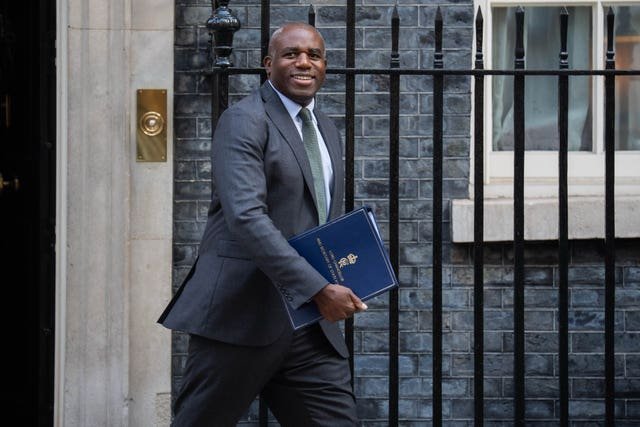ETERNITY IS NOT what it used to be. When Donald Trump visited the Middle East on October 13th to sign the Gaza ceasefire, he spoke of “peace for all eternity” in the region. Less than a week later, a clash between Israel and Hamas in southern Gaza left dozens of people dead. Some Israeli officials rushed to pronounce the agreement void. Bezalel Smotrich, the far-right finance minister, tweeted a single word: “War!”.

It was not the first time Israel and Hamas have broken their commitments. The latter has dragged its feet on returning the bodies of hostages who died in captivity. Just 12 of 28 have been handed over to Israel, which in turn has refused to reopen the Rafah crossing between Gaza and Egypt. The Israel Defence Forces (IDF) have repeatedly shot at Gazans who strayed across the ill-defined boundary into areas under Israeli control.
None of this means the ceasefire is about to collapse. Even though there will no doubt be further violations, for now a mix of self-interest and American pressure should ensure that Israel and Hamas remain party to the deal. But the events of the past week underscore both how urgent it is to negotiate the next phase of the ceasefire—and how difficult it will be.
The Israeli unit that was attacked on October 19th had been tasked with demolishing tunnels in an Israeli-controlled part of Rafah. The IDF said it came under fire from Hamas militants, who launched anti-tank missiles that killed two soldiers. Israel then carried out dozens of air strikes across the territory, killing at least 26 Palestinians, according to Gaza’s health ministry. The bombardment went on for several hours, until Israel announced that the ceasefire was back in force.
Such incidents seem almost inevitable. Although the ceasefire demands that Hamas disarm, negotiators have yet to agree on a practical mechanism by which it might be forced to do so. The IDF continues to control an estimated 53% of Gazan territory. And after two years of war that killed many of Hamas’s leaders, its surviving military units operate semi-autonomously: their commanders elsewhere in Gaza do not always know what they are doing, let alone their political leaders living in villas abroad. All of that makes for a combustible mix.
Yet both sides also have an interest in avoiding a total breakdown. Some of Hamas’s commanders no doubt hope to keep up sporadic guerrilla attacks on Israeli troops. They will be keen to test how much they can get away with. But they do not want the ceasefire to fall apart entirely. With no living hostages left in its grasp, Hamas would have little leverage to stop the next round of fighting.
In Israel, meanwhile, far-right ministers have wanted to tear up the deal since it was signed. Mr Netanyahu has pointedly refused to say that the war is over for good. Mr Trump has a lot at stake, though: he has made it clear to Israel that it cannot abandon the ceasefire, at least for now. When the fighting began in Rafah, Israel announced that it would suspend the delivery of humanitarian aid to Gaza. It reversed that decision within hours under strong American pressure.
Mr Trump tried to downplay the incident, suggesting that rogue members of Hamas might have been responsible. “They’ve been quite rambunctious. They’ve been doing some shooting,” he told reporters on Air Force One. “We think maybe the leadership isn’t involved in that, you know, some rebels within.” The IDF has begun laying down concrete blocks to demarcate the so-called “yellow line”, the boundary between areas in Gaza it controls and those it does not.
On October 20th Steve Witkoff, the president’s Middle East envoy, and Jared Kushner, his son-in-law, arrived in Israel for meetings with officials. J.D. Vance, the vice-president, was expected to land the next day. Their visits will be another exercise in what the Americans sometimes call “Bibisitting” (a reference to Mr Netanyahu’s nickname, Bibi). Even if the prime minister wants to resume the war, he is not the one calling the shots.
Even so, the long-term future of the ceasefire is uncertain. Mr Trump’s plan calls for a multinational peacekeeping force that will take charge of security in Gaza. A few countries have expressed interest in joining, but none has made a firm commitment yet. Several diplomats in the region say the violence in Rafah will reinforce fears among Arab leaders, who worry about a political backlash at home should their troops wind up in a shootout with Palestinians.
Even if pledges do materialise, it will probably take several months to field the force. There is little chance of disarming Hamas until then, nor will the IDF carry out further withdrawals. Hamas will use that time to consolidate power in Gaza by killing and torturing rivals (it has already executed dozens). There will be no return to all-out war—but it will hardly be eternal peace.







